Tuscany is a region of Italy that has a very specific mystique to it. The rolling hills speckled with small towns, vineyards, and olive orchards are quite famous even outside of the Italian borders.
After spending a week in this region, it is easy to understand the appeal! Life just seems a little simpler out here. Everything from the food and agriculture to the pace of life seems to favor quality over quantity or speed.
The highlight of our time here was an authentic Tuscan cooking class at a beautiful farm outside of the town of Montefoscoli!
I have never been much of a cook, but this class inspired me to want to learn more! We made a fantastic ragu sauce with Italian sausage from the local butcher, and a gnocchi with a walnut pesto!
Our main dish was a delicious and simple lemon chicken with capers! Sidney and I are both excited to try to make these again on our own!
While we were here, we learned a lot more about how this region developed in such a unique way. It has quite a rich history of farming, and it was no accident that it became such an agricultural hub.
After the fall of the Roman Empire, the region came under the rule of the Herulians, and eventually, the Ostrogoths.
These reigns did not last, simply because all of the Tuscan townships wanted independence.
Eventually, they all got it. Pisa, Siena, and Arezzo became their own entities and actually managed to create a fair amount of wealth through trade and agriculture.
The only problem was that there was another Tuscan city-state that was growing at a much faster pace. Florence began experiencing the economic boom that kickstarted the Renaissance.
Despite efforts by all of these city-states to conquer each other’s land, Florence reigned supreme. This is how it became the largest city and capital of Tuscany.
However, this eventually led to a new era of prosperity among the rest of the region. Sometime around the late Renaissance, a new method of agriculture began to arise called “mezzadria”.
This directly translates to sharecropping. It was a contract between wealthy landowners and peasants in search of building a new life.
The landowners provided seeds for crops, land and lodging, while the peasants provided the manual labor to cultivate the land.
Believe it or not, the profits of this business partnership were split 50-50! It was actually quite a fair deal considering this was the 15th and 16th century.
This system worked so well, that it lasted until after World War II. That’s almost 500 years!
The land in this region was (and still is) very fertile, and it became a bountiful producer of grapes, wheat, olives, and other fruits and vegetables.
One of the coolest aspects of Tuscany is the fact that there are so many little towns, and they are often on top of hills. Many of them started off as castles or manors owned by wealthy oligarchs.
After the end of the renaissance and the influx of lower class farmers through sharecropping, these areas expanded as they needed more housing. They eventually became the picturesque towns we see today!
Tuscany is a uniquely beautiful area, and we are very glad we got the opportunity to spend some time here!
I would say, on the whole, it is probably a little more suited to an older demographic, but we enjoyed it immensely and hope to return a few decades down the line 😁
Alright, you know the drill. Hit the heart button, leave a comment, subscribe on YouTube, and please consider sharing the newsletter as it helps us out immensely!
See you in the next one!




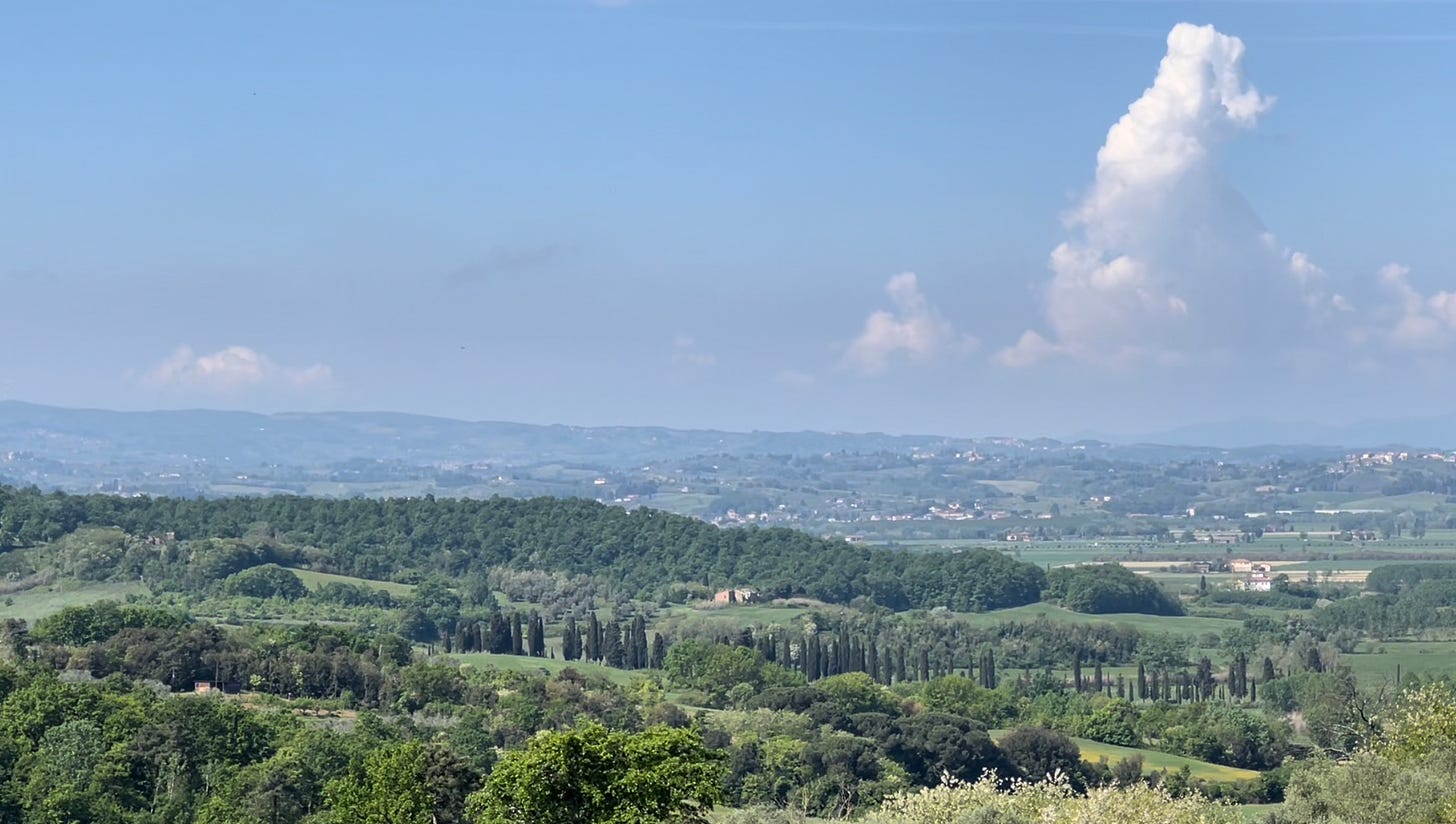

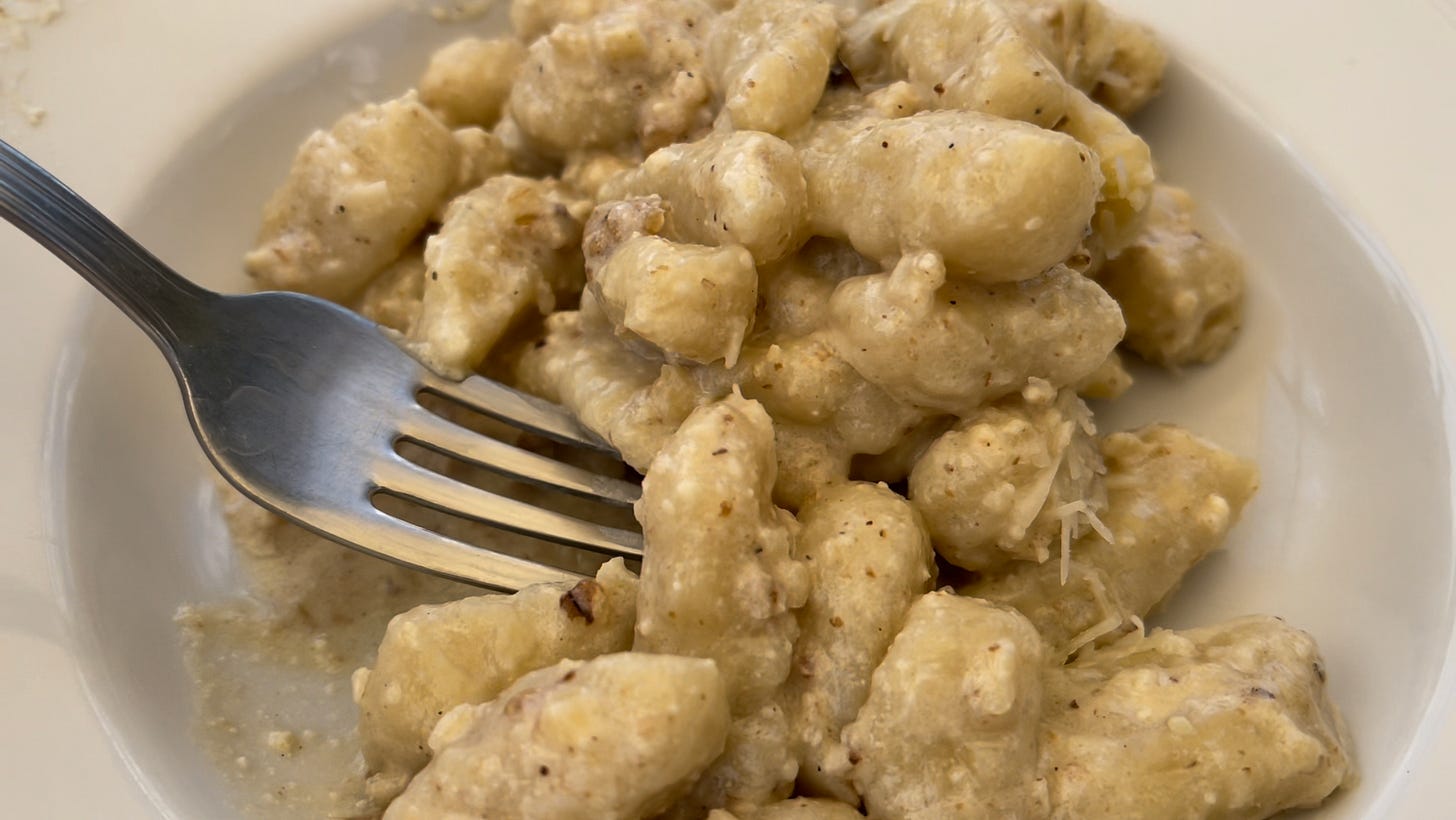



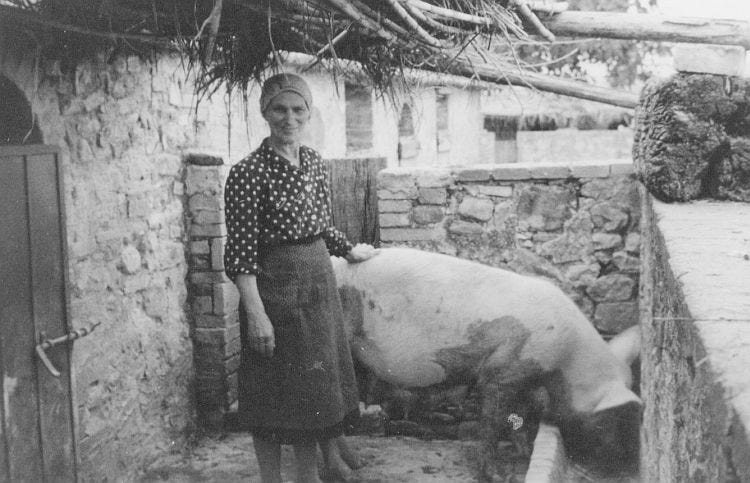
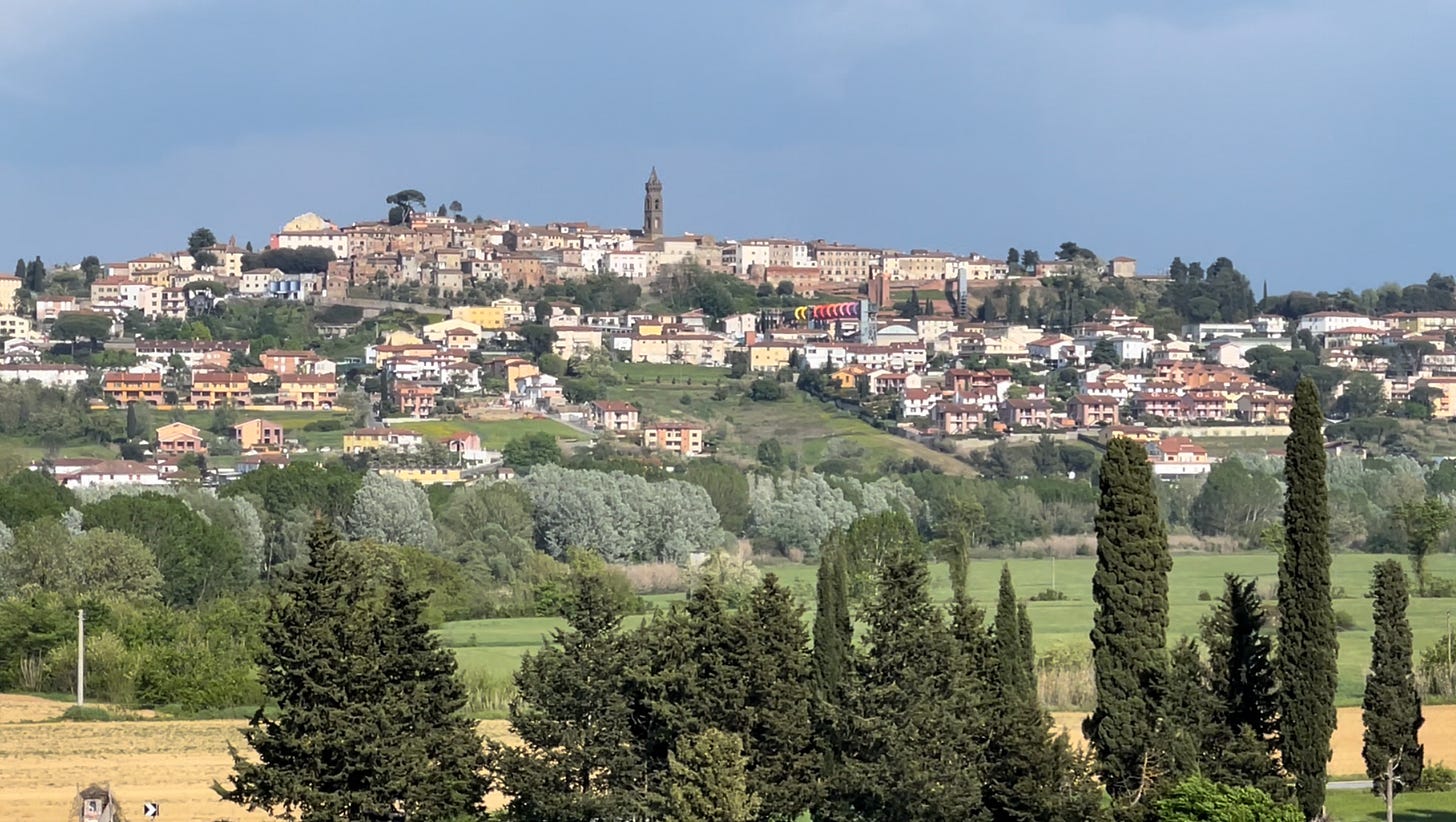
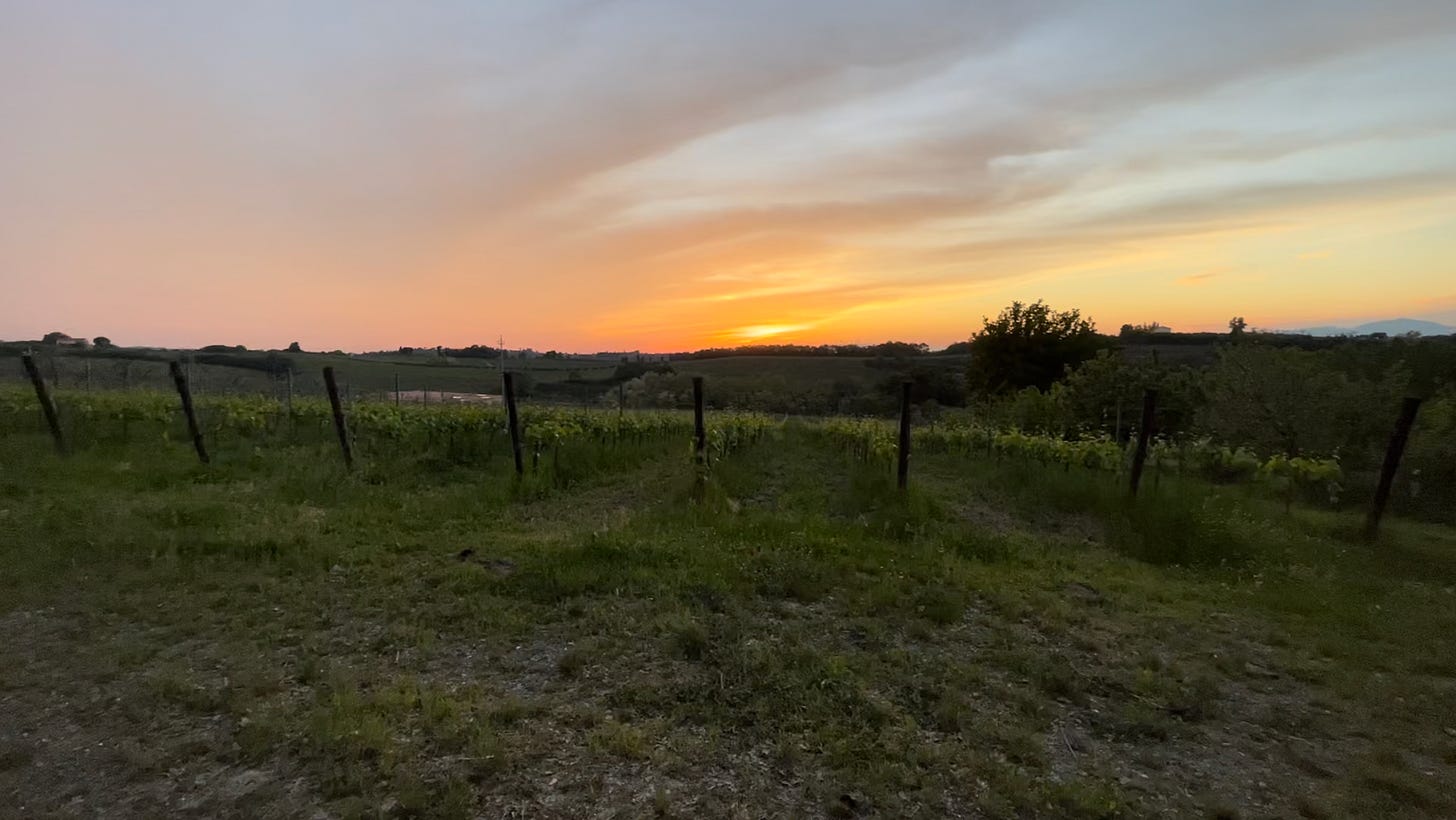

This older woman would
Love to visit Tuscany sometime. It sounds beautiful! Thanks for sharing!
Are the vineyards there suffering from similar problems as they have in the French Champagne regions? There have been some weather related issues that hit France hard. What about in Italy?